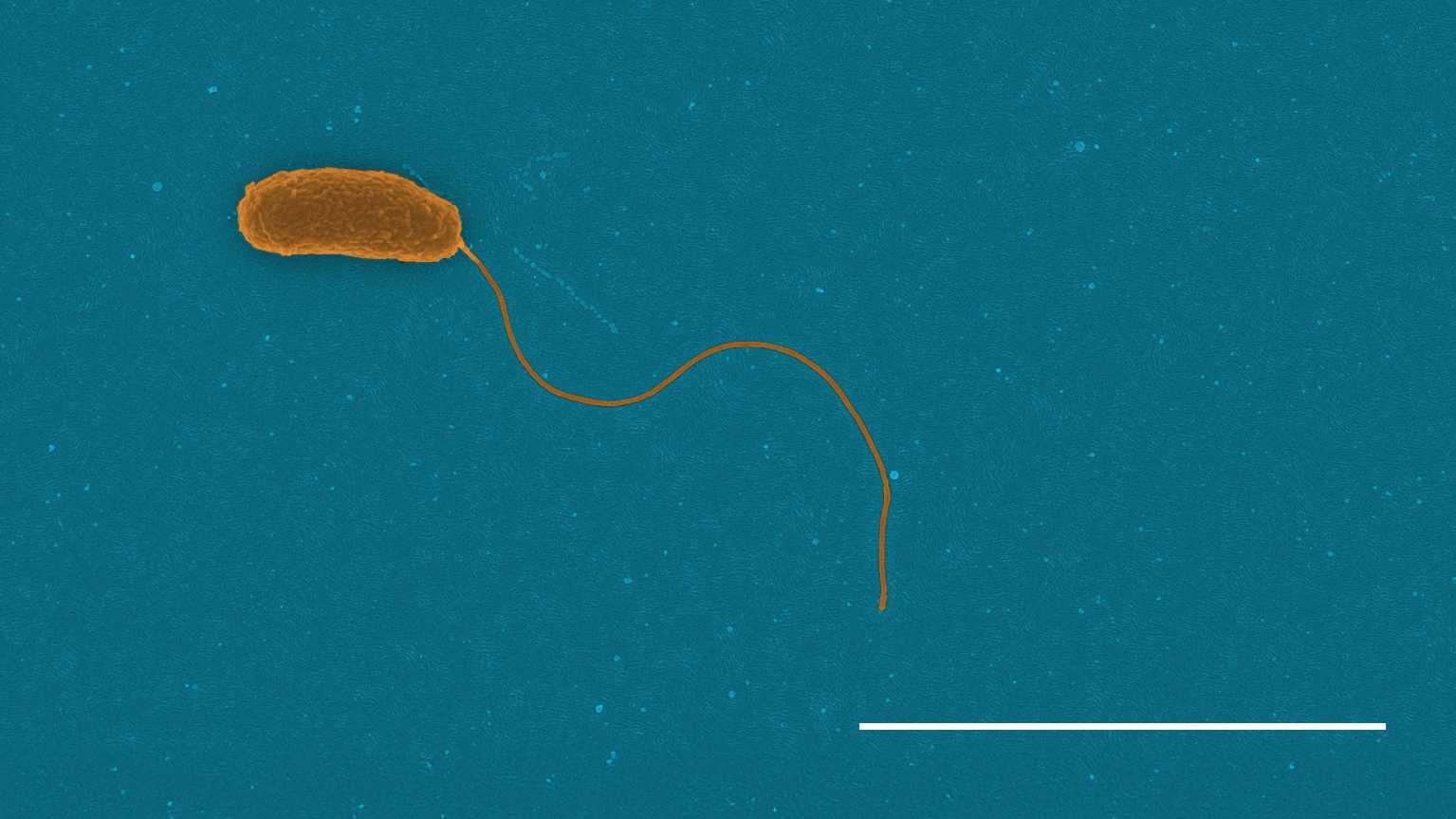Marine bacteria control how much CO2 is stored in the oceans, by swimming after and degrading sinking particles that would otherwise remain stored in the ocean for millennia. Researchers have discovered that some bacteria can swim for several days without food while searching for these particles, losing body weight in the process. Understanding how marine bacteria do this may lead to a better prediction of marine carbon storage capacity and climate mitigation.

"The decision to swim or not to swim when there is no food turns out to be a general problem for bacteria," explains Roman Stocker, professor at the Institute for Environmental Engineering at ETH Zurich. "When starving, swimming increases your chances of getting to an area where life is better. At the same time, swimming is very costly for marine bacteria. It's really a high-risk, high-reward decision for them." An interdisciplinary team of researchers from ETH Zurich, EAWAG and the University of Vienna tackled this problem by performing experiments on many different species, starving the bacteria and then observing their swimming behaviour under the microscope. They found that bacteria either stopped swimming completely within a few hours of starvation, or continued swimming for at least two days (some even for a week).
Bacteria are like marathon runners
"It has puzzled us for some time how the bacteria that keep swimming without food pay the energetic price," says Dr. Johannes Keegstra, the lead author of the study. By using advanced techniques to measure their weight, it turned out that they lose nearly 10 percent of their biomass every day they swim. "They are very much like marathon runners, converting biomass reserves into energy to keep swimming." This shows that marine bacteria use two distinct solutions to the challenge of swimming: risk-averse bacteria completely stop swimming and just wait for things to get better, saving their resources, while risk-prone bacteria sacrifice some part of their biomass in the hope of getting it back later when they swim into a particle.
From behaviour to climate
The authors used the information in the DNA sequences of the bacterial species to predict this behaviour in other bacteria. They made predictions in sequence data from field samples, for example to see which strategy is most common in which region of the ocean. This may be useful for modelling carbon storage. Bacteria are often overlooked in mathematical models that describe the transformation of various forms of carbon, such as CO2, in the ocean. "If we want these models to be predictive, we need to describe their behaviour more explicitly," explains Martin Ackermann, professor at ETH Zurich and director of EAWAG. Keegstra adds: "The problem is that every species is different, so where do you start? With such simplifying principles, we are currently working to see how we can improve predictions of carbon fluxes."
Reference
Keegstra, J.M., Landry, Z.C., Zweifel, S.T., Roller, B.R.K., Baumgartner, D.A., Carrara, F., Martínez-Pérez, C., Clerc, E.E., Ackermann, M., Stocker, R.
Nature Microbiology (2025), doi: 10.1038/s41564-025-01997-7






